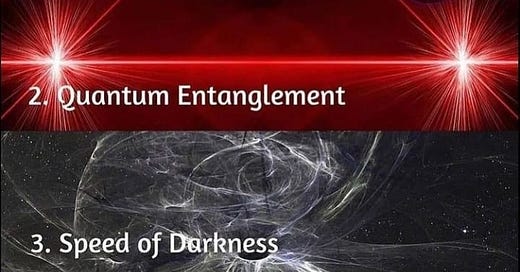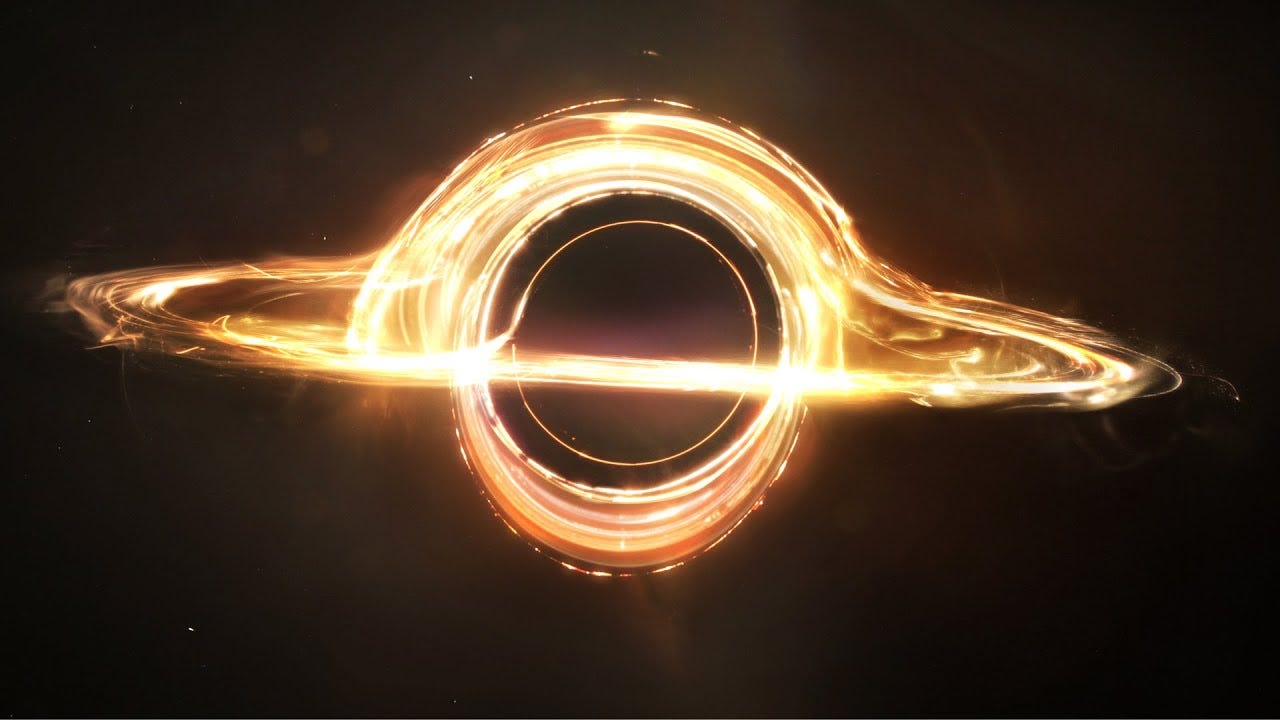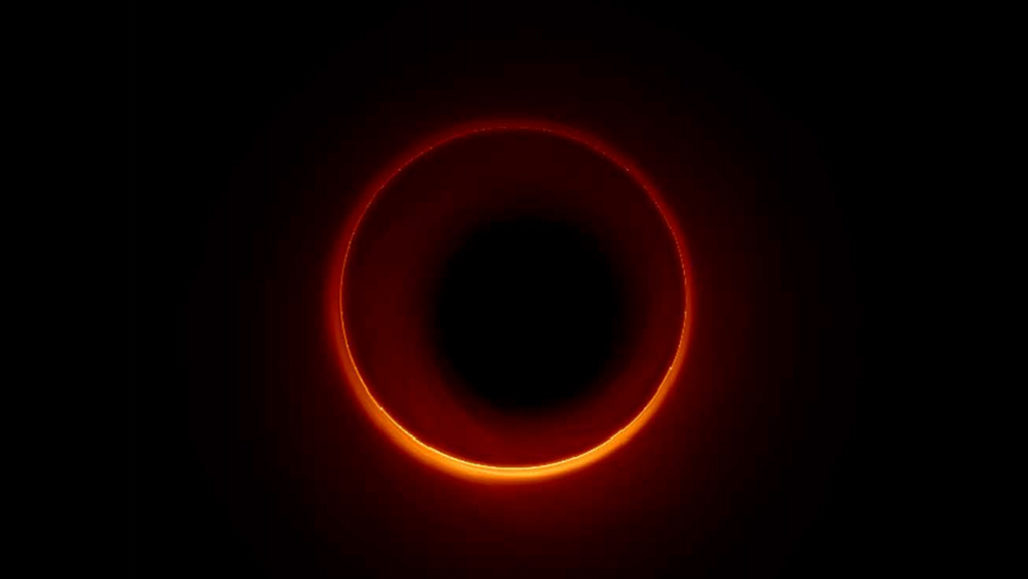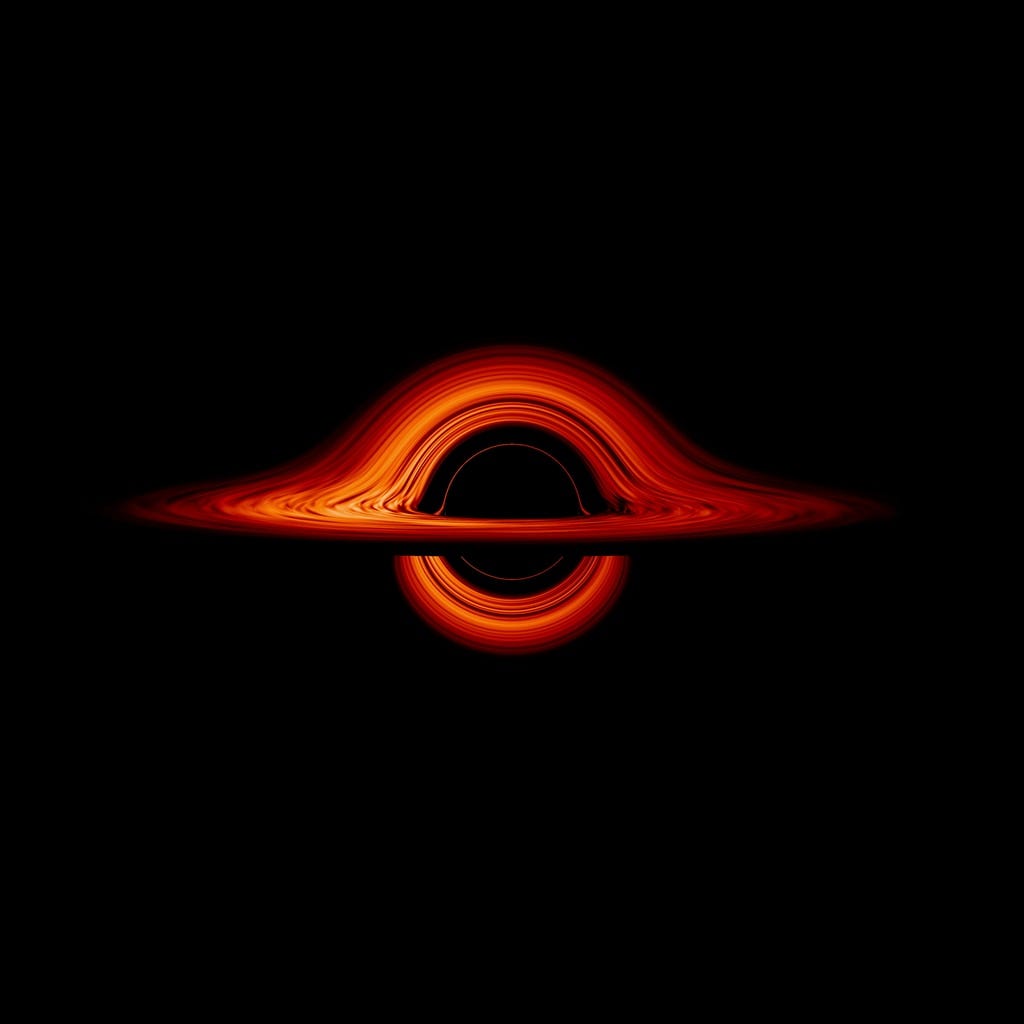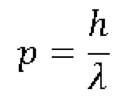Quantum Entanglement is one of the most confusing aspects of quantum mechanics — a field of physics that do not appear to be common sense or easy-to-understand.
Lets do a simple experiment in classical physics: tossing a coin.
If you and I each have a fair coin and toss it, there would be a 50/50 chance of each of us getting heads or tails. Your results and my results are not only random, but also independent and uncorrelated.
But if we conduct this experiment in the quantum world instead, it's possible that your coin and my coin will be entangled. We might each still have a 50/50 chance of getting heads or tails, but if you flip your coin and measure heads, you'll instantly be able to statistically predict to better than 50/50 accuracy whether my coin was likely to land on heads or tails.1
How is this possible?
Quantum Entanglement
Quantum entanglement at its heart is a simple idea.
In quantum physics, there exists a phenomenon where you create more than one quantum particle — each with their own individual quantum state — where you know something important about the sum of both states together.
If two electrons are prepared together in the lab so that they have zero total spin, then the principle of conservation of angular momentum means that if one of the electrons has its spin axis up, the other electron’s axis must be down. So we can determine the spin of second electron without measuring (but we did measured the spin of the first electron though). Such a pair of electrons are said to be entangled.
Now imagine these two electrons placed at the two ends of a galaxy - and measuring the spin of one would immediately reveal the information about the spin of the other electron at the end of the galaxy. This information traveled faster than the speed of light - in fact 1000’s of times faster. Greater the distance between two electrons greater the speed at which the information traveled.
This is what Einstein called as Spooky Action at Distance.
This phenomena is no more theoretical. Scientists have created pairs of entangled photons, carried them far away from each other and then carried out independent measurements of the quantum state of each photon. And found out that the two results are correlated!
We've separated two photons by distances of hundreds of kilometers before making those measurements, and then measuring their quantum states within nanoseconds of one another. If one of those photons has spin +1, the other one's state can be predicted to about a 75% accuracy, rather than the standard 50%.
It seems that we can know some information about what's going on at the other end of the entangled experiment not only faster than light, but tens of thousands of times faster than the speed of light could ever transmit information.
Time and Gravity as emergent properties of Quantum Entanglement
There have been suggestions to look at the concept of time and gravity both as the emergent phenomenon that is a side effect of quantum entanglement.
https://www.forbes.com/sites/startswithabang/2020/01/02/no-we-still-cant-use-quantum-entanglement-to-communicate-faster-than-light/?sh=34cabc254d5d
https://cosmosmagazine.com/science/physics/einstein-bohr-and-the-origins-of-entanglement/






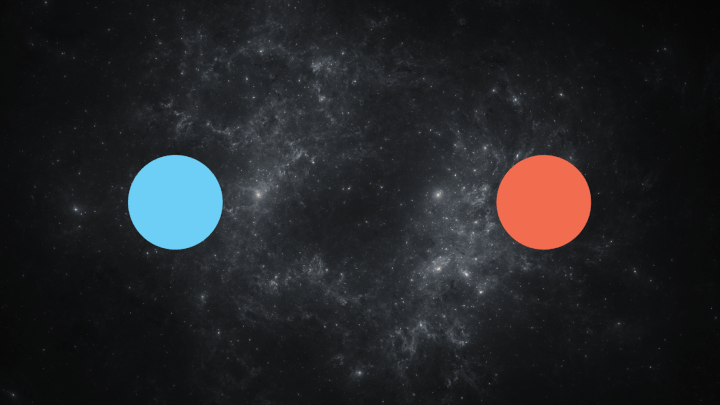



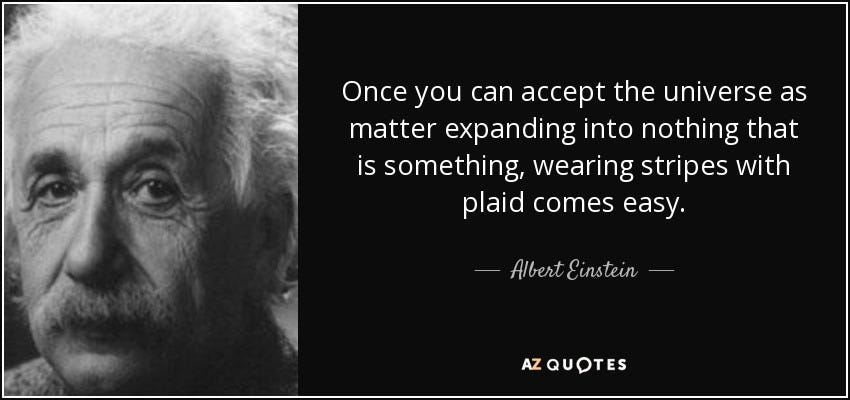

![The 'raisin bread' model of the expanding Universe, where relative distances increase as the space... [+] (dough) expands. The farther away any two raisin are from one another, the greater the observed redshift will be by time the light is received. The redshift-distance relation predicted by the expanding Universe is borne out in observations, and has been consistent with what's been known all the way back since the 1920s. The 'raisin bread' model of the expanding Universe, where relative distances increase as the space... [+] (dough) expands. The farther away any two raisin are from one another, the greater the observed redshift will be by time the light is received. The redshift-distance relation predicted by the expanding Universe is borne out in observations, and has been consistent with what's been known all the way back since the 1920s.](https://substackcdn.com/image/fetch/$s_!BvND!,w_1456,c_limit,f_auto,q_auto:good,fl_lossy/https%3A%2F%2Fbucketeer-e05bbc84-baa3-437e-9518-adb32be77984.s3.amazonaws.com%2Fpublic%2Fimages%2Fe5eee028-86d9-4f0d-ab19-dcebad075870_735x625.gif)
